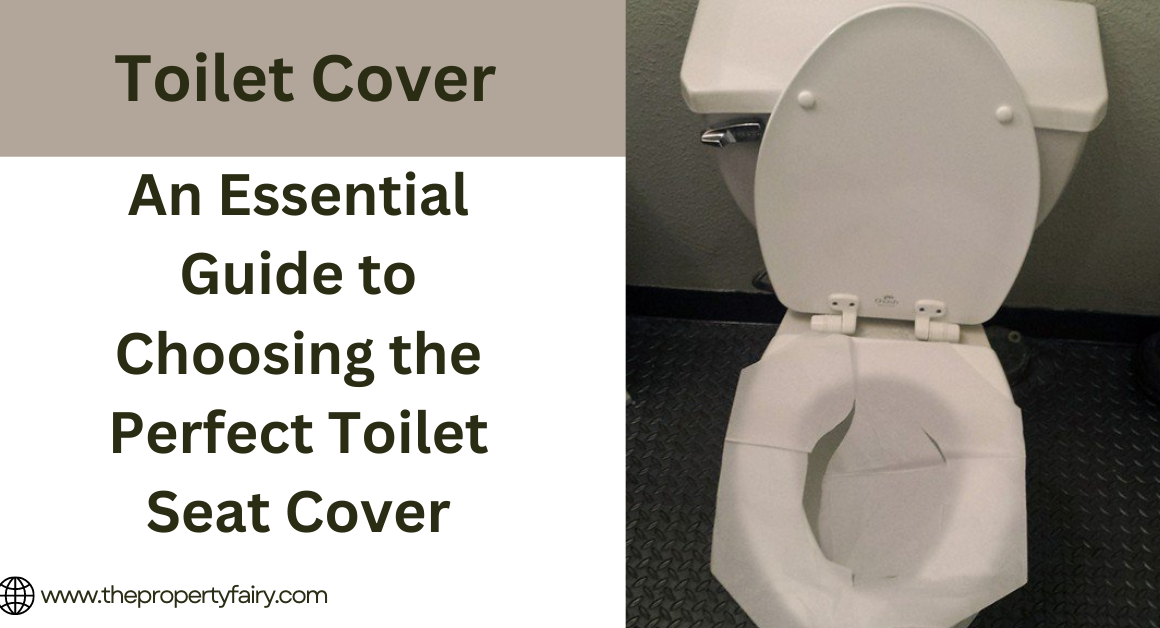Drano is a household name, synonymous with clearing clogged drains. It is a chemical drain cleaner that promises to break down any blockages in the pipes and allow for proper water flow. However, the use of Drano comes with its safety hazards and potential damage to pipes. It is therefore important to understand the chemical composition of Drano, its proper use, and how to dispose of it safely after use. In this article, we will explore the different types of Drano, how it works, safety precautions to take when using it, alternatives to Drano, and common misconceptions about the product.
Introduction
Drano is one of the most popular commercial drain cleaning products on the market. It is a household name that has been trusted for decades to unclog drains and keep them clean. Drano is specially formulated to dissolve any blockages and clear up your drains for better water flow. Homeowners with clogged drains have turned to it for its effectiveness and ease of use.
How Drano Works and Its Chemical Composition
Understanding the Chemical Composition of Drano
It is primarily made up of sodium hydroxide, also known as lye, which is a strong alkaline compound that can dissolve most organic materials that might be blocking a drain. It also contains secondary ingredients like sodium silicate, bleach, and aluminum that help to enhance its ability to dissolve materials and clear clogs.
How Drano Clears Clogged Drains
When it comes into contact with water in your drain, it starts to react and generate heat. As the temperature starts to rise, it begins to dissolve the organic materials that are causing the blockage. In addition to acting as a catalyst, the heat generated by the reaction speeds up the process of dissolving the clog. The chemical reaction creates a lot of gas, which helps to push the dissolved material through the drain, clearing the blockage.
Types of Drano and Their Specific Uses
Drano Max Gel Clog Remover
This is the most popular type, and it is designed to dissolve hair, soap scum, and other common organic materials that can cause clogs in your drain. It is perfect for use in the bathroom, where hair and soap are the most common culprits of blocked drains.
Drano Dual-Force Foamer Clog Remover
Drano Dual-Force Foamer is a different type of drain cleaner designed for use in the kitchen. It works by producing a foam that expands and fills the entire pipe, dissolving any grease or food material that might be causing a blockage.
Drano Liquid Drain Cleaner
This type is best for use in older pipes, as it is less harsh than other types of drain cleaners. It is formulated to dissolve hair and other organic materials that might be clogging your drain, without causing damage to your pipes.
Safety Precautions When Using Drano
Protective Gear to Wear When Using Drano
When using Drano, it is important to protect yourself from any possible exposure to the chemicals. This means wearing gloves and eye protection when handling the product.
Proper Ventilation
When using it, ensure that the room is adequately ventilated. The fumes can be dangerous if inhaled, so open a window or turn on a fan to keep the air circulating.
What to Do in Case of Accidental Exposure to Drano
Immediately rinse your skin or eyes if you accidentally come into contact with Drano. Seek immediate medical attention if the exposure is severe. Also, make sure to keep it out of reach of children and pets, as it can be extremely dangerous if ingested.
Alternatives to Drano for Clogged Drains
Dealing with a clogged drain is never fun, but before reaching for the Drano, there are other options that may be safer and more effective. Here are three alternatives:
Baking Soda and Vinegar
It is a popular DIY solution to unclog drains by mixing baking soda and vinegar. Pour a cup of baking soda and a cup of vinegar into the drain first. Pour a cup of baking soda and a cup of vinegar into the drain first.
Plunger
A plunger can be a simple and effective tool for clearing a clogged drain. Push down quickly and forcefully with the plunger on the drain. Ensure that the blockage is cleared by repeating this procedure several times.
Drain Snake
It consists of a long, flexible metal cable that can be inserted into the drain to remove blockages. Insert the snake into the drain and turn it clockwise until it reaches the clog. Then, push and pull the snake until the blockage is removed.
How to Properly Dispose of Drano After Use
When using Drano, it’s important to properly dispose of the product to prevent harm to the environment and people. Here are two ways to dispose of Drano:
Proper Storage of Drano
It is recommended that drano be stored in its original container, tightly sealed, and away from children and pets. Don’t mix it with any other chemicals or substances as this may cause a dangerous reaction.
Disposal Methods
Empty Drano containers should be triple-rinsed with water and then disposed of in your regular trash. Don’t pour Drano down the drain or toilet and clean the toilet cover, as this can harm septic systems and waterways.
Common Misconceptions and Myths
There are several misconceptions and myths about Drano that have been perpetuated over the years. Let’s dispel two of them:
Drano is Safe for All Types of Pipes
It can cause damage to older, more fragile pipes, particularly those made of PVC or copper. Always read the label and be cautious when using Drano in older homes with plumbing systems that may be more susceptible to damage.
Drano is the Only Solution for Stubborn Clogs
Despite Drano’s ability to clear clogs, it is not always the best solution. In fact, using it too often can lead to damage to pipes, and ongoing clogs may be a sign of a larger issue that requires a professional plumber.
FAQs
Is it safe to use on all types of pipes?
It is not safe to use on all types of pipes. PVC pipes can be damaged, and older metal pipes may corrode as a result. Before using on any type of pipe, it is important to consult the manufacturer’s instructions. You may also visit answertenant for more information.
Can it harm the environment?
It is not properly disposed of, it can harm the environment. In addition to contaminating water sources, it can harm wildlife as well. Consider alternative methods for unclogging drains in addition to following the manufacturer’s instructions for disposal.
In Conclusion
In Conclusion, it can be a helpful tool in unclogging drains, it’s important to use it safely and cautiously. Always read the label and follow instructions carefully, and consider using alternative methods or calling a professional plumber if clogs continue to occur. Don’t forget to properly dispose of Drano after use to minimize harm to the environment and people.It can be an effective solution to clearing clogged drains, but it should be used with caution. It is important to follow the safety precautions outlined in this article, as well as to consider alternative methods for unclogging drains. By understanding the chemical composition of Drano and its proper use, we can ensure a safe and effective way to keep our drains flowing smoothly.












